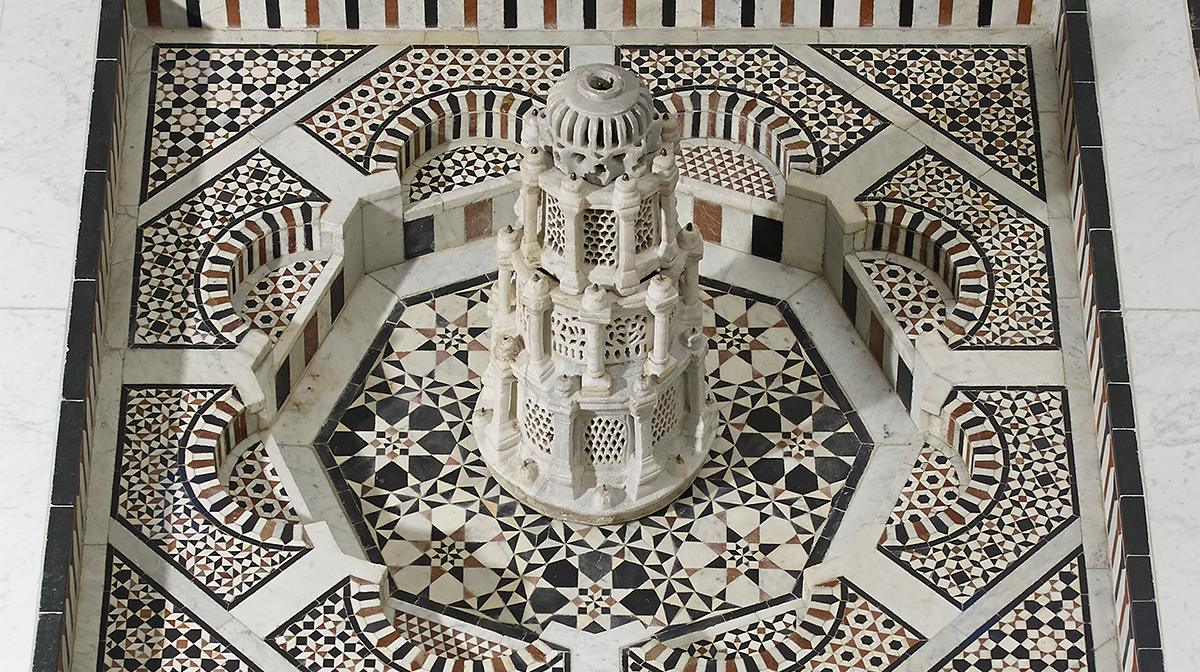Online Course

Islamic Architecture, Past to Present
Date:
Self-paced course, learn on your own schedule
Price: Free. Registration details below.
Build up your appreciation of the beauty and far-reaching influence of architectural wonders from across the Muslim world.
With former Museum Curator Dr. Marika Sardar as your guide, you will explore the history and geography of the Muslim world through the prism of the built landscape. Moving from examples of the early Islamic period to the newest constructions being erected today, Dr. Sardar will outline the basic aspects of each type and examine featured buildings in detail.
Register for free
Islamic Architecture, Past to Present consists of seven units and is hosted on Aga Khan Museum's learning platform. It is self-paced, meaning you can complete the course as quickly or as slowly as you would like! Click here to register for the course.
Once you've registered, within a week, you will receive login info to start your learning journey. If you enjoy the course, please consider making a charitable donation to the Museum. Your support helps us to create more inspiring programs that connect cultures through art.
Course overview
Unit 1: Introduction and Welcome
Meet the course instructor and learn about the Aga Khan Museum.
Unit 2: What is Islamic Architecture?
Learn about the field of Islamic Architecture and the geographic and chronological framework that defines it.
Unit 3: Tools for Understanding Islamic Architecture
Learn the building blocks for the study of architecture, from reading architectural plans to the terms and techniques for different forms of construction and decoration.
Unit 4: What is a mosque?
Learn the basic features of the mosque with examples from across the globe.
Unit 5: What makes a palace?
In the past, emperors and sultans built sprawling residences intended to awe their guests. We will examine the basic structure of houses from the region and trace their transformation into grand palatial complexes.
Unit 6: What is a tomb?
Despite the religious prescription for modest burials, there is a long history of constructing monumental memorials in the Muslim tradition. Most are domed structures set within gardens, but this unit will show the great variety of tombs that rulers have constructed for themselves or members of their family line.
Unit 7: What do you find in a bazaar?
This unit will examine the change in typology in the commercial structures in cities across the Islamic world, evolving from the low-slung expansive bazaars of the past to the vertical, flashy malls of the present.
BIO
Dr. Marika Sardar is a former Aga Khan Museum Curator. She has worked at museums in Doha, San Diego, and New York, including the Metropolitan Museum of Art. She has produced exhibitions on narrative in Indian painting, the art of the Deccan sultanates, and trade textiles of the 16th–18th centuries.
